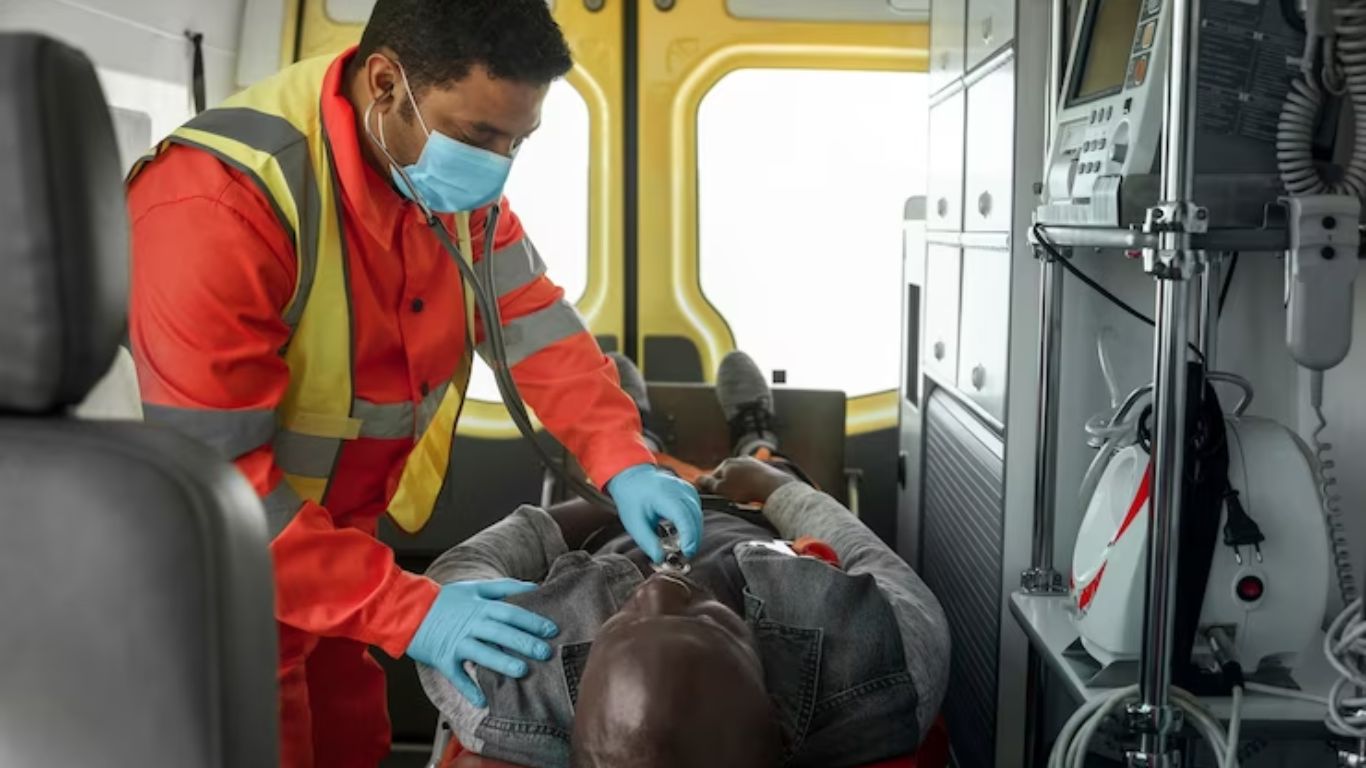
In the realm of emergency medical care, air ambulances have emerged as a crucial and life-saving component. These specialized aircraft provide rapid transport of critically ill or injured patients to medical facilities equipped to handle their specific needs. With the ability to swiftly traverse great distances and overcome geographical obstacles, air ambulances play an indispensable role in reducing morbidity and mortality rates during medical emergencies. Here, delves into the functions, benefits, and challenges of air ambulance services, highlighting their significance in the healthcare landscape.
The Role of Air Ambulance Services
Air ambulances, also known as aeromedical transport or medical evacuation helicopters, are dedicated aircraft outfitted with advanced medical equipment and staffed by experienced medical professionals. They are tasked with transporting patients who require immediate and specialized medical attention to the most appropriate medical facility. These patients typically suffer from critical injuries, severe illnesses, or rare in remote areas far from appropriate medical resources.
-
Rapid Response:
Time is of the essence in medical emergencies, and air ambulances excel at providing swift response and transportation. With the ability to bypass traffic congestion and access hard-to-reach locations, air ambulances significantly reduce the time it takes to reach medical facilities, ultimately enhancing the chances of survival for the patient.
-
Advanced Medical Care:
Air ambulances have really advanced medical gear, so doctors can give important care while flying. This comprehends ventilators, defibrillators, cardiac monitors, and medications, ensuring patients receive the necessary treatment during the flight.
-
Geographical Accessibility:
Rural areas or regions with challenging terrain mainly have limited access to appropriate medical facilities. Air ambulances bridge this gap by providing timely medical transportation to those in need, irrespective of their location.
-
Interhospital Transfers:
Air ambulances are not only used for emergency responses but also for in-hospital transfers. Patients who require specialized care available at a distant medical facility can be safely transported via air ambulance, maintaining continuity of treatment and increasing the chances of a positive outcome.
Challenges Faced by Air Ambulance Services
Here are some of the key challenges faced by air ambulance services:
-
Cost and Financial Sustainability:
Air ambulance operations are expensive involving high overhead costs for maintaining specialized aircraft, medical equipment, and well-trained medical staff available around the clock. Additionally, the cost of aviation fuel and maintenance adds to the financial burden. As a result, assuring affordable air ambulance services while ensuring financial sustainability remains a significant challenge.
-
Insurance Coverage and Reimbursement:
Many patients rely on insurance coverage to help offset the substantial expenses associated with air ambulance transportation. Anyway, some insurance providers may not fully cover the cost of these services, leading to hefty out-of-pocket expenses for patients. Navigating insurance policies and securing adequate reimbursement for air ambulance services can be complex and time-consuming.
-
Weather and Operational Limitations:
Adverse weather conditions can hinder air ambulance operations, posing safety risks to both patients and medical crew, Poor visibility, strong winds, and severe weather events may restrict flight operations, making it challenging to access certain areas or conduct emergency evacuations promptly.
-
Regulatory Compliance:
Air ambulance services are subject to various regulations, including safety standards, medical licensing, and certification requirements. Staying compliant with these regulations can be a complex and ongoing process, requiring constant monitoring and adherence to best practices.
How to find a reliable Air Ambulance Service?
If you want to find an air ambulance service it is crucial when it comes to assuring the safe and efficient transportation of critically ill or injured patients. To assure that you choose a reputable and trustworthy air ambulance provider, consider the following steps:
-
Research and Accreditation:
Start by conducting thorough research on air ambulance companies operating in your region. Look for providers that have appropriate accreditations and certifications, such as those from the Commission on Accreditation of Medical Transport Systems (CAMTS) or the Europian Aero-Medical Institute (EURAMI). These accreditations signify adherence to strict safety and quality standards.
-
Experience and Expertise:
Make sure the air ambulance company and its medical team have enough experience and skill. Experienced medical professionals, comprehending doctors, nurses, and paramedics, play a crucial role in providing high-quality care during air ambulance missions. Look for providers with a track record of successfully handling diverse medical cases.
-
Safety Records:
Safety is paramount in air ambulance services. Inquire about the safety records of the company, including accident history and compliance with aviation regulations. A good provider puts safety first and has a thorough safety system.
-
Availability and Response Time:
Time is elemental in medical emergencies, so inquire about the availability and response time of the air ambulance service. A reputable provider should be available 24/4 and capable of responding swiftly to emergency calls.
-
Medical Coordination:
Choose a provider that offers comprehensive medical coordination services. This includes communication with ground EMS receiving hospitals, and the patient’s medical team to ensure a seamless transfer of care.







